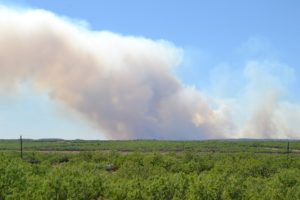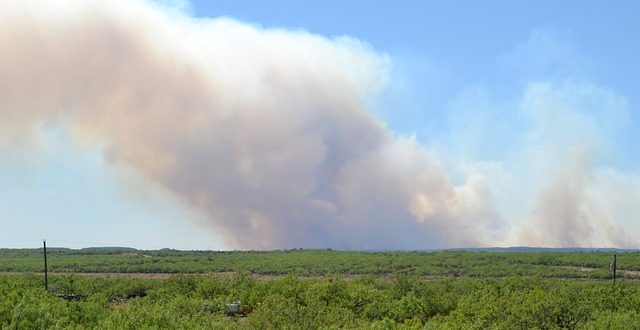Wildfire Detection
The best way to manage a wildfire is to detect it early. This allows the right people to react when needed, minimizing the risk of life (human and wildlife) and preventing the spread of the fire. Early detection also helps to 
How do areas detect wildfires quickly? Here are the top methods to help with wildfire safety.
Fire Lookout Towers
In the United States, Fire Lookout Towers were used up until the 1950s. They would have people stand in towers to keep an eye out for any potential fire in the local area. Carrier pigeons, telephones, and other methods of communication would get the word out to the right people to manage the fires.
Infrared Scanning Systems
In the 1960s, infrared scanning was possible. The lookout towers were slowly replaced with the new technology. It took some time to develop this technology, but mail would be sent to the fire manager to get the right people onside.There have been issues with the delivery time of information. Lookout towers have been brought back because of this.
Public Hotlines and Patrols
Getting the public involved has helps with wildfire detection. There are now public hotlines for individuals to call when they notice a fire in a forestry area. This can help to catch the fires when they’re too small for the lookout towers to spot.
There are also patrols throughout the day and night. These patrols happen on the ground and by air, involving human observation to make sure the word spreads as early as possible. These patrols are carried out by people trained for spotting wildfires.
There are some limitations to having people involved, but reports show that the camera detection has been slower than by a trained person.
Multiple Systems in Use at Once
More often than not, the use of satellite and human monitoring is common. It makes sense to use the two systems together, helping to catch multiple areas at one time.
Areas that are high risk with thick vegetation and a lot of people (or possibly close to an urban area) will be on a sensor network. This activates when there’s a spike in temperature, humidity, or smoke. Many are solar-powered or recharged through the trees, but some are battery powered.
Fixed cameras are then used in the larger areas that aren’t as risky. Infrared systems can also be in use to help. Some sensors will also use night vision and color change systems to make sure areas are watched throughout the day and night.
Technology is constantly growing. In 2015, the U.S. Department of Agriculture Forest Service used data from the Suomi National Polar-orbiting Partnership to detect some smaller fires that would have usually gone undetected. The system predicts how a fire can grow and change to determine if it is a high risk or not.
With good detection, wildfires can be managed quickly. This is an area that continues to grow as technology gets better.
